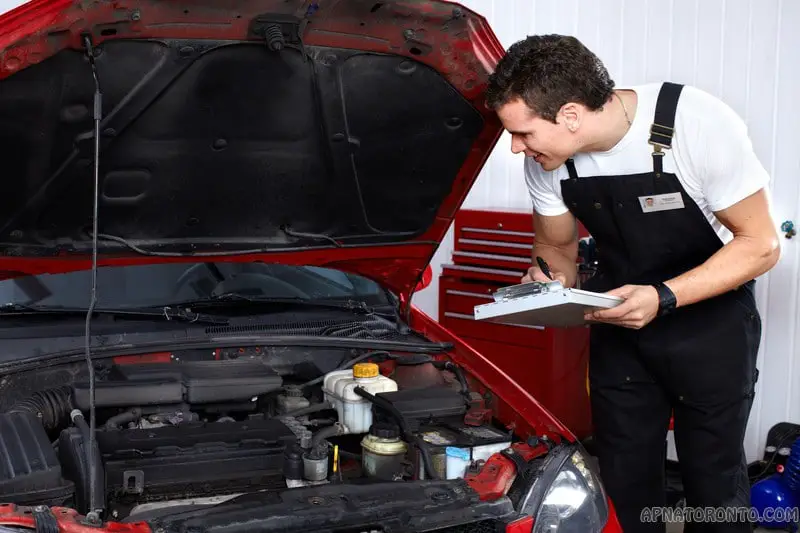When it comes to material possessions, a car is probably one of the most valuable in a person’s life. After carefully thinking it through and spending your hard-earned money on your car, a huge problem certainly arises when your car’s performance begins to go down.
When it comes to car maintenance, there are quite a few myths. Everyone believes they are an expert and come up with various “facts” about the best ways to maintain a vehicle. Here is a look at the most common myths and the truth about them.
- Scratches can be removed with wax – This is a total myth. You can only remove scratches from paint finish when the paint thickness is reduced down. Scratch removers are able to do this by gently buffering hairline scratches since it can work as a non-abrasive paint cleaner. With a wax solution, you can only cover the scratches for a short period of time – if it rains, the solution will wear out, leaving you with that scratch again.
- Cars should be washed with detergents – This is false. Yes, you can clean your car with detergents and dishwashing solutions, but you should bear in mind that they can strip waxes and other protective coatings that the paint finish has. Your car will look shiny and clean initially, but in time, it will speed up the oxidation process and shorten your car paint’s life. So your car may look appealing but you are really undermining the paint’s durability.
- Car idling is a must – Wrong again. The engines you find today do not need more than a few seconds of car idling time before you can drive them safely – and this is only in extreme cold temperatures. So the best way for you to warm up your car is to drive it. Apart from the engine, the catalytic converter and the other mechanical parts of your car also gets warmed up. You should also make sure that you switch off the engine if you idle for more than 10 seconds – you are just wasting fuel and money. So if you know that train is going to be a long one, just run off that engine. If your wife or girlfriend say they are going inside to do their hair even if it already looks fine, you may want to turn off the engine since you know that will take a while.

- Change your oil every 5,000 km or 3,000 miles – This is an old school thought that is not at all valid. Nowadays, it is not necessary to get your oil changed every 5,000 km or about every 3,000 miles. It is in fact nothing but a waste of money. Auto experts say that modern oils last longer and diesel and gasoline are much cleaner. Engines these days are also built to specs that are much higher. Therefore, oil change intervals are longer than they have ever been. You should change your oil according to the recommendations of the owners’ manual. You should be look at about every 6,000 miles for oil changes.
- It is always best to go to a dealers’ service station – There is no data to back this claim. This is no more than a false sense of security that you have in your mind that the dealer from whom you purchased your car will give your vehicle the best servicing. You should keep in mind that your warranty will be valid only as long as it is serviced at an officially-recognized service center. Try out two or three different centers to determine which one gives you the best service.
- You should always flush out the coolant – Flushing out or replacing the coolant has nothing to do with engine oil change as their life cycles are not the same. So keep in mind not to fall for the marketing gimmicks if your car mechanic tells you that you should get the coolant replaced or flushed out. Unless you live in an extremely hot area or there is a leak in your tank, you should not flush the coolant before three years or the time cycle recommended by the manufacturer. Just keep in mind that if you notice that it is brown in color, you should change it at once.
- Brake fluid solves all problems – Another totally false notion. There is a small reduction in the brake-fluid reservoir level when the brake pads are finally worn down. So you should not simply top up the brake fluid and think that everything is alright. However, if the fluid level goes down to or below the low mark, you should put some more brake fluid in your car. But, you should also be aware that wearing of brake pads can induce spongy brakes. In either case, you should get the braking system checked by a professional immediately.
With so many misconceptions about car maintenance, it can be difficult to decide what to do and what not to do. When in doubt, you should check your owners’ manual or consult a known service center. Your vehicle is a valuable investment that requires, and deserves, the best care. By finding out the real truth about the best ways to maintain your car, you can ensure that it performs well and lasts many years. You can have a terrific-looking, well-running vehicle that gives you many years of service.
